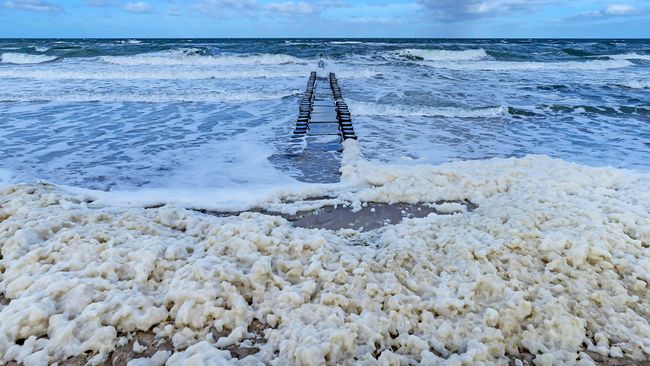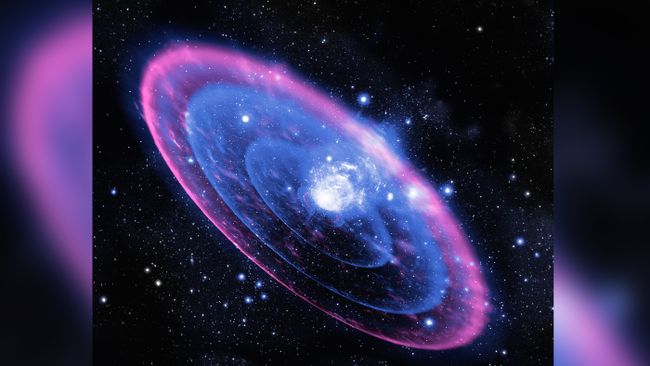Amazing Images: The Best Science Photos of the Week
By Jeanna Bryner - Live Science Editor-in-Chief a day ago
Each week we find the most interesting and informative articles we can and along the way we uncover amazing and cool images. Here you'll discover incredible photos and the stories behind them.
Sea-foam delight

(Image credit: Helmut Meyer zur Capellen/Shutterstock)
A giant slurry of sea-foam that was churned up by a winter storm dubbed Gloria covered a coastal Spanish town in fluff. Scientists aren't sure what exactly caused the foamy covering in Tossa de Mar, but these foams form when air bubbles and surfactants (a type of molecule that sticks to water and other substances) get lathered up, in this case, by a storm. Since surfactants can carry pollutants with them, it's best to stay away from such froth. Even so, the Spanish city's authorities said the sea-foam posed no health risks to people.
[Read full story: Gobs of sea-foam wash up in Spanish town. Here's why.]
Brightest supernova ever

(Image credit: Science Photo Library - MEHAU KULYK via Getty Images)
Scientists in 2006 detected the brightest supernova explosion ever — now dubbed SN 2006gy — with light that was 50 billion times brighter than Earth's sun, in the Perseus constellation. Now, we may know the cosmic culprit. Detailing their findings in a paper published on Jan. 23 in the journal Science, a team of astronomers re-analyzed the emission lines that radiated from that explosion, an event that lasted 70 days. The results suggest SN 2006gy may have begun as two stars.
"A candidate scenario to explain this is [the] evolution of a binary progenitor system, in which a white dwarf spirals into a giant or supergiant companion star," the researchers wrote in the study. A gassy "envelope" of stellar material that resulted from the merger could help to explain the wild brightness when the binary went supernova, the researchers said.
[Read full story: A giant star ate its dead neighbor and caused one of the brightest supernovas ever, new study suggests]
More:
https://www.livescience.com/50717-amazing-images.html

